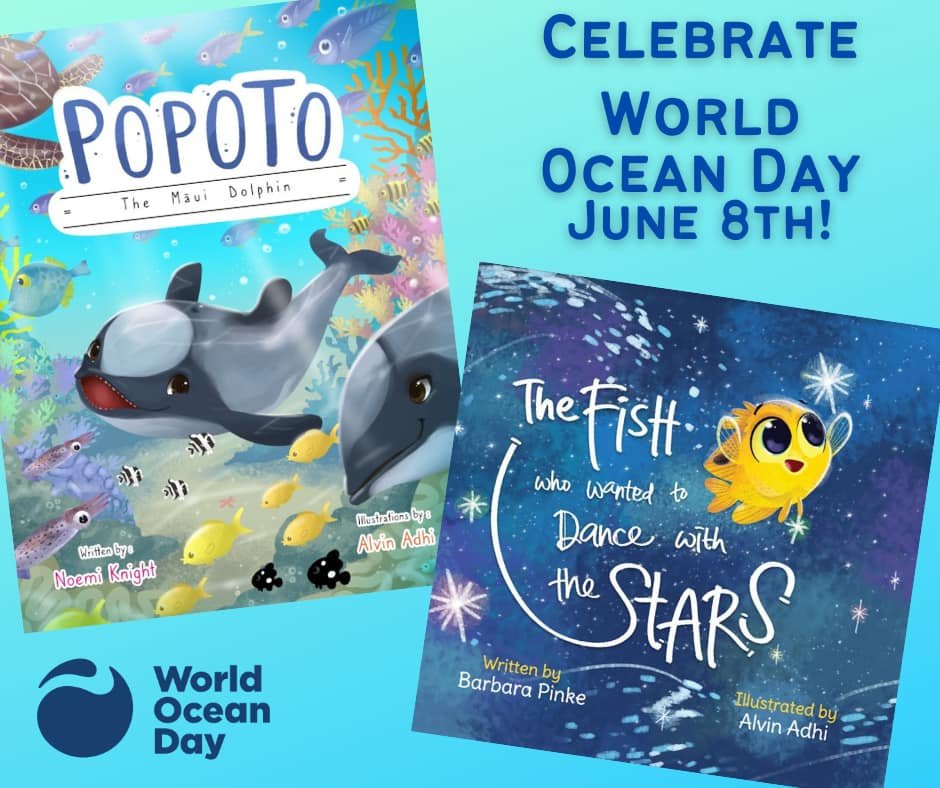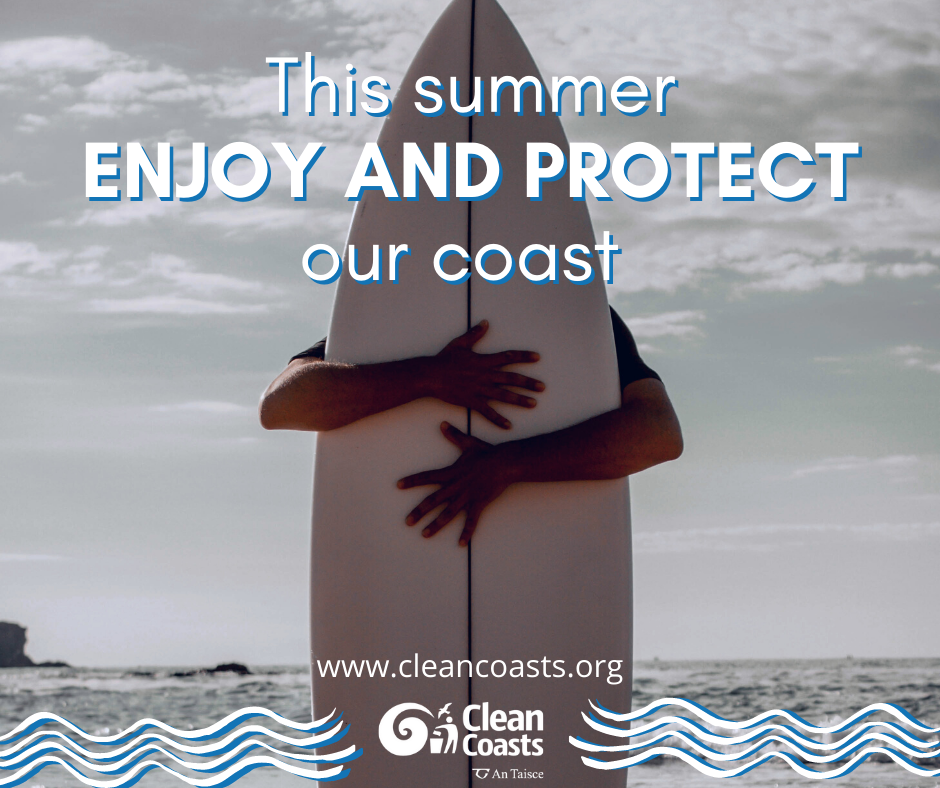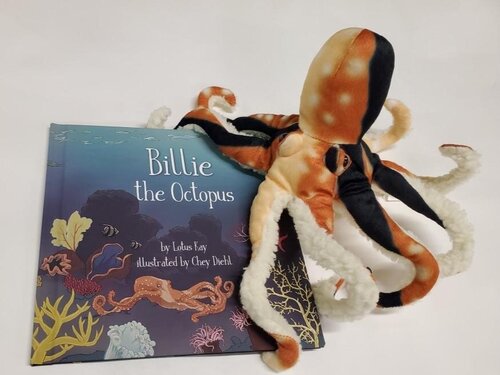World Ocean Day Celebration

The North Carolina Aquarium at Pine Knoll Shores is celebrating World Ocean Day! On June 8, we will be featuring three of the biggest ocean conservation concerns: marine debris, climate […]
February Resources: Environmental Justice

*You may also be interested in reading our February blog post on environmental justice.* We list some EJ resources below, and please let us know if you suggest additional resources, […]
January Focus: Ocean & Climate Literacy

With the World Ocean Day 2024 Action Theme: Catalyzing Action for Our Ocean & Climate, this year we are providing our partners and friends with ways to help protect our ocean […]
RESOURCE: Action Guide for the High Seas Treaty

Although World Ocean Day is officially celebrated on and around 8 June, the ocean needs protecting all year round – and there are plenty of opportunities to stay engaged! Read […]
Orcas & Reefs an Interview of Artist Selva Ozelli by Alexandria Hagaman

Don’t miss this amazing interview with Selva Ozelli, a multi-talented artist, author, and attorney. She discusses the urban impact of climate change and her groundbreaking work in global legal discourse. Selva’s […]
Podcast: Earth Cast EP21: World Ocean Day Special | Environmental Racism & Inclusivity

In this World Ocean Day special, Olivia Taylor (@olivia_earth) interviews Jamila Janna about the nuances of environmental racism and how it affects inclusivity in the ocean space, the harmful effects […]
Podcast on Call for 30×30 goal

The oceans are in more trouble than ever before. Right now it is estimated that up to 12 million metric tons of plastic—everything from plastic bottles and bags to microbeads—end up […]
Free e-books for the World Ocean Day

World Ocean Day – 8 June Let’s celebrate together! The e-books of Pesho and Popoto are free on 8-9-10 June! The Fish who Wanted to Dance With the Stars […]
ANNOUNCEMENT: Clean Coasts: Enjoy and Protect our Coast – New Guide Release

The Clean Coasts programme works with over 1,800 communities and 37,000 volunteers to help protect and care for Ireland’s waterways, coastline, seas, ocean and marine life, by organizing hundreds of […]
Video Interview: Supermarkets and the Sea

Searious Business has teamed up with its Youth Advisory Board in making an inspirational video for World Oceans Day. We want to celebrate the ocean and the things we can do to protect it from […]
Billie the Octopus children’s book announcement

A Bears for Cares Book ‘Billie the Octopus’ Book Encourages Young Ones to Care About What’s Under the Sea With World Oceans Day coming Wednesday, June 8, the children’s book […]
ANNOUNCEMENT: Clean Cornwall Change Makers Initiative Launch

Here at Clean Cornwall we are proud to announce that we will be officially launching our Change Makers initiative on the 8th of June. This scheme will allow local businesses […]
